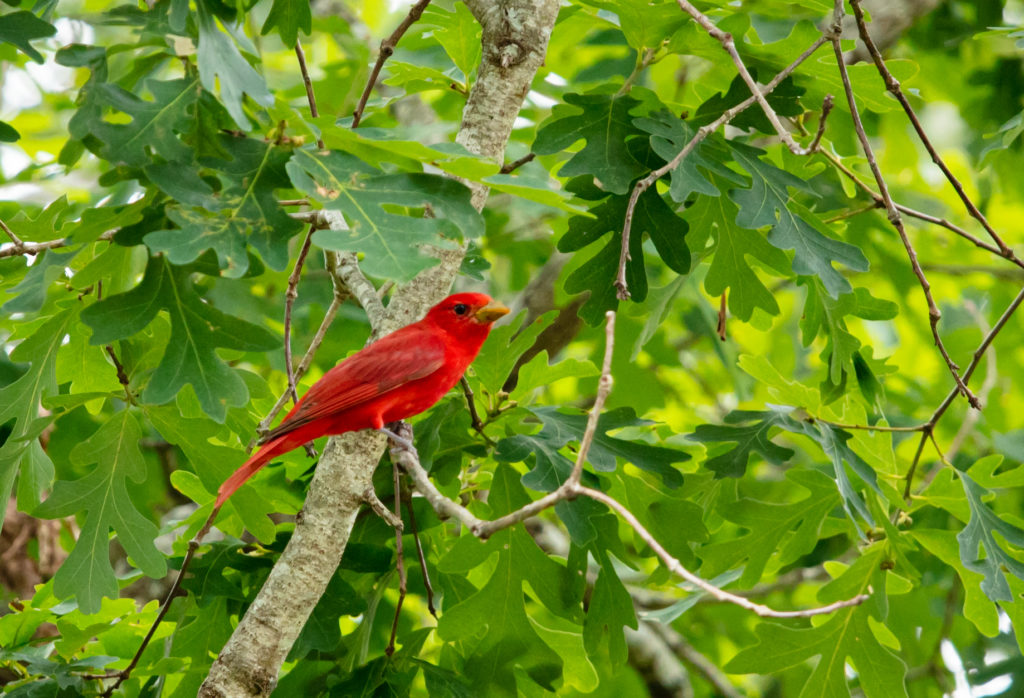Category Archives: Birding Trips and Tours North Carolina
An encounter with a Dark eyed Junco family at craggy Gardens
While hosting my birding tour at Craggy Gardens off of the Blue Ridge Parkway in N.C. I spotted a juvenile Dark eyed Junco and it’s parent in the brush.
The youngster was calling out to be fed as it hopped from branch to branch following it’s parent who was searching for insects in the grass.

I was so excited to see this little one since Juncos don’t breed in the part of central N.C. where I live. In fact, Dark eyed Juncos primarily breed in Canada and this thin little strip of land along the higher elevations in the Appalachian Mountains is one of very few places along the East Coast of the U.S. where the Junco‘s nest in the lower 48.
I’d never seen a fledgling before, so I sat still for a while and simply enjoyed these brief moments watching the birds in front of me.

Dark eyed Juncos nesting sites are almost always on ground, well hidden in the grass, under brush piles, rocks, or at the bases of trees among the exposed roots.
With rocks, dense rhododendron thickets, and gnarled old trees, the habitat here at Craggy Gardens is absolutely perfect for their needs.
Their nests are shaped like an open cup and is constructed of weeds and leaves, lined with a soft fine grass, pine needles and sometimes with hair or feathers.

The female incubates the eggs for 12 to 13 days and the young leave the nest about 9 to 13 days after hatching.
Unlike most others of their species, the population of Juncos here in the mountains do not migrate so you can see them all year round.

Oh and speaking of round lol, the Juncos up here appear to be much larger then the ones that I see in central N.C. during the winter.
I’m not sure if this is due to their summer diet or hormonal conditions during the breeding season but the size difference is quite apparent (and absolutely adorable).
Photos by @sally_siko of @birdwatching_nc on the stellar full frame SLR, the @canonusa #5ds
Spring birding trips and tours in central North Carolina

Come birding with me in central North Carolina!
My spring group tour schedule is now posted and I’m taking reservations for bird watching trips March through May.
Reserve your spot early as space is limited.
